Picking the right music streaming service isn’t as simple as it sounds. Sure, they all promise massive libraries with over 100 million songs, but what sets them apart is the experience they offer. features like lossless audio and spatial sound, give listeners a whole new way to enjoy their favorite music, and then there’s the magic of personalized playlists, those moments when it feels like the app knows your taste better than you do!
And it’s not just about music anymore. Podcasts have become a huge part of the mix, with many apps letting you stream them right alongside your favorite albums. Some even throw in extras like audiobooks, turning them into all-in-one audio hubs.
In this post, we’ll dig into what makes each service unique, helping you figure out which one’s worth your time and money.
1) Spotify (the best music streaming service overall)
Check Now: Spotify
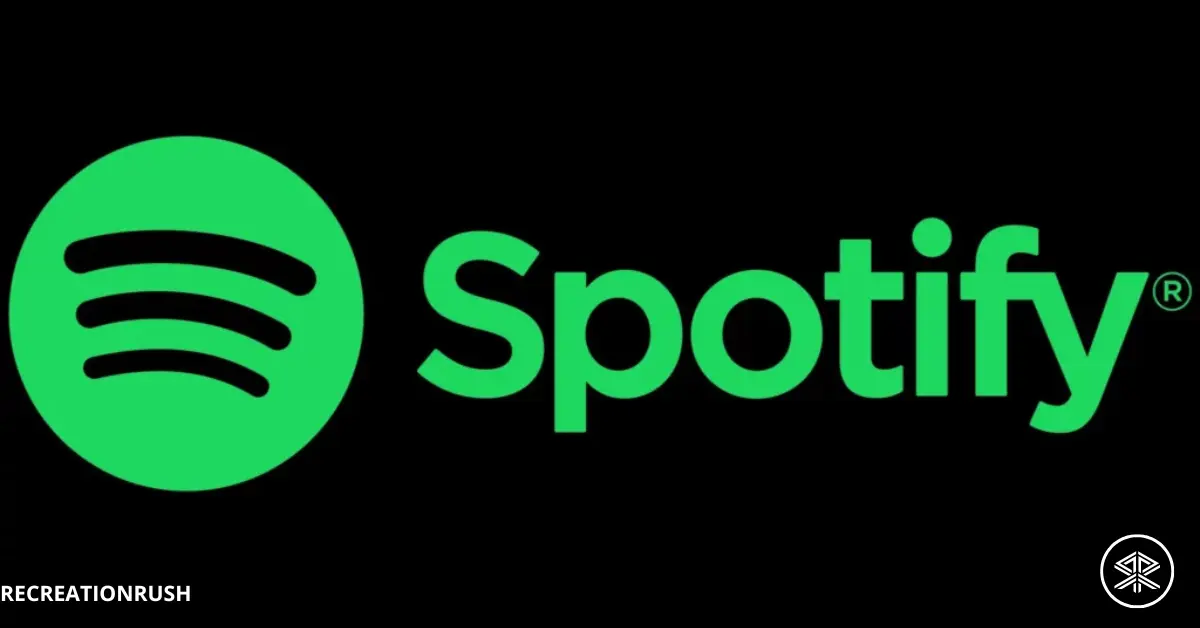
Spotify’s 640 million subscriber count speaks for itself as to why we have kept it as #1 on our list. With a blend of 100 million tracks, 6 million podcasts, and a huge library of audiobooks in one platform, it’s much more than a music service.
Along with its huge library of audio content, users keep coming back to Spotify for a personalized experience. Its recommendation engine does a pretty good job of refining a user’s listening experience, not just the song suggestions on radio but also personalized playlists are pretty well curated as far as I have seen. Let me know in the comments about what you think of it.
The social aspect of the platform is also a bonus, easy playlist sharing, lyrics cards, and a constantly evolving interface keep things interesting. Spotify’s year-end Wrapped feature also offers a fun, engaging way to look back on your listening habits. Many other platforms have started releasing their year-end wraps after seeing Spotify’s success.
Despite all its strengths, Spotify does have a few weaknesses. It’s yet to offer lossless audio or support for high-quality features like Dolby Atmos, leaving some audiophiles wanting more. The addition of podcasts and audiobooks has broadened its appeal, but it’s also drawn some criticism for muddying the focus of the app. Some users feel overwhelmed by the mix of media, and there’s a demand for a more streamlined, music-only version. The recent price hikes also stir some frustration, especially with no clear improvements to core features like audio quality.
Another reason Spotify makes it to the #1 is its free version. People only need an account and can start listening on the platform right away with a few ads here and there. Many times when Spotify makes users listen to an ad, it adds 30 minutes of uninterrupted listening experience for the user, which I think is great!
All of this has earned Spotify a 31% share in the music streaming industry and it looks like the Swedish platform will stay at the top for time to come.
Spotify pricing
Spotify has four pricing plans. The cheapest one is for students costing $5.99/month. The individual plan costs $11.99/month while the duo and family plans cost $16.99/month and $19.99/month respectively.
I feel the family plan is the most economical one among all if you have around 5 to 6 family members willing to subscribe to the service. The family plan allows 6 users with one subscription, costing $3.33/month when split equally.
Spotify also lets you try the platform free for the first month. You can cancel it anytime, so don’t worry about losing your money if you don’t like the service. Visit Spotify’s official pricing page for all the details.
2) Apple Music (Best for audio quality and Apple ecosystem)
Check Now: Apple Music
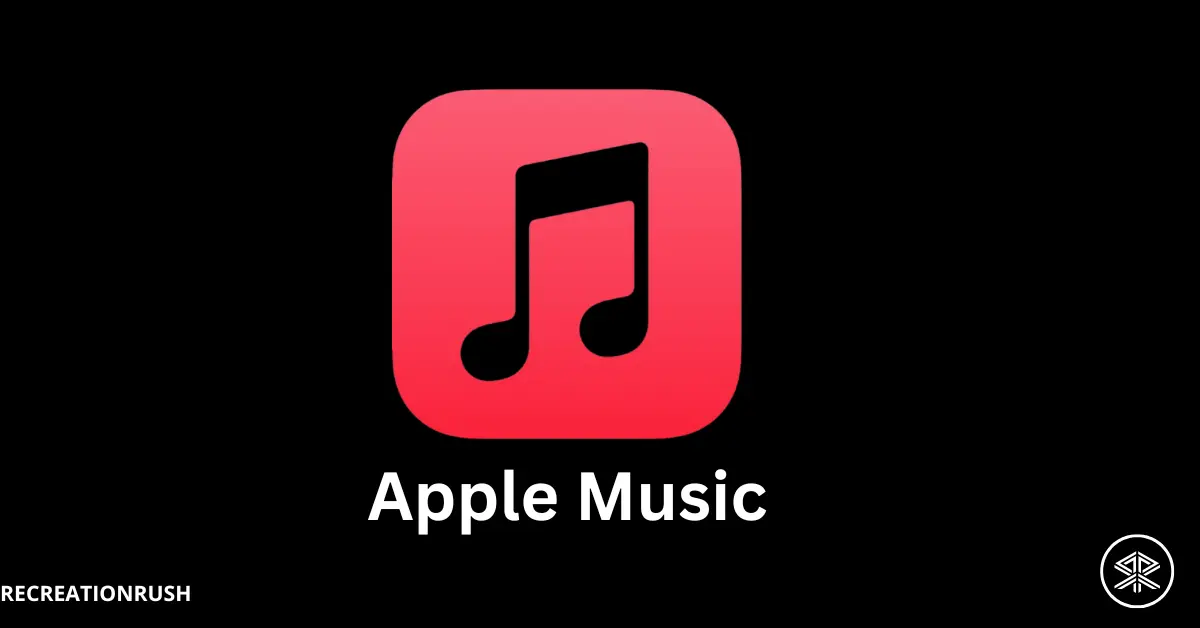
With a subscriber base of 93 million, Apple Music is second only to Spotify. The platform also has a catalog of over 100 million songs that are all spatial audio with Dolby Atmos, and hi-res lossless audio. it’s clear why Apple Music deserves a spot near the top of any music streaming list.
It seamlessly integrates with Siri and is compatible with the Apple HomePod and HomePod Mini, and hence preferred by people who love the Apple ecosystem. Even outside of Apple devices, it works well on Android, Windows, and select smart speakers, although the web app experience could use some updates.
Apple Music was among the first to bring lossless audio and spatial audio to the mainstream at no extra cost, making it appealing to audiophiles who value clarity and immersive sound. The service has also started rolling out yearly replays for its users, similar to Spotify wrapped.
The playlists curated by Apple’s recommendation engine are not as good as Spotify and also lacks in terms of social sharing aspects, the platform compensates with its animated album artwork, best-in-class lyrics synced in real-time, and even a 24/7 music video channel reminiscent of MTV’s golden era.
The biggest drawback I feel in Apple Music is that there’s no free tier, meaning users must commit to a subscription to explore what the platform has to offer. That said, the lack of ads ensures an uninterrupted listening experience, which many users find worth the price.
Whether you’re a serious music enthusiast or just love the idea of high-res audio paired with cutting-edge features, Apple Music offers a compelling package that continues to rival Spotify and beyond.
Fun Fact: Apple Music holds a 14% market share in the music streaming market.
Apple Music Pricing
Apple Music offers three pricing plans:
- Student plan: $5.99/month
- Individual plan: $10.99/month
- Family plan: $16.99/month
You can try Apple Music free for the first 3 months and then choose whether to continue with the service. I think it’s enough time to decide on a streaming platform + you can cancel the subscription at any time. Here is their pricing page.
3) YouTube Music (The best music streaming service for Android users)
Check Now: YouTube Music
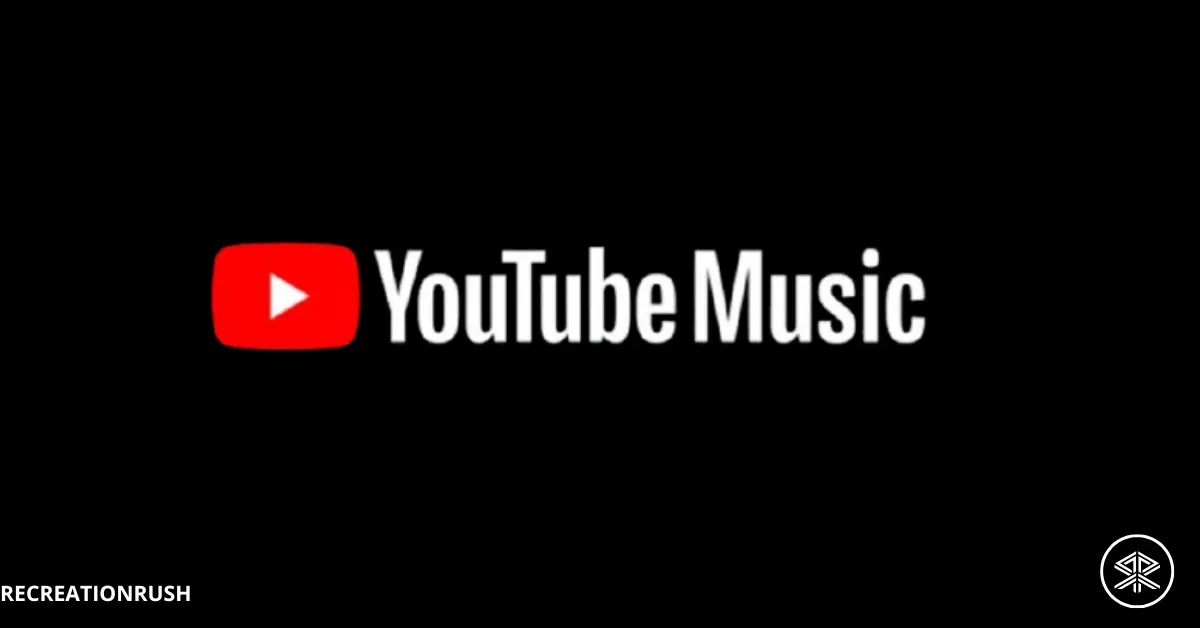
YouTube has over 100 million premium subscribers which also includes its music service. Similar to Spotify and Apple Music, YouTube Music also has a library of over 100 million tracks. Thanks to its integration with YouTube, the platform gives you access to remixes, covers, podcasts, and unofficial edits that other services simply can’t match! This integration ability is also the reason I’m personally subscribed to both Spotify and YouTube Music. 😀
For $11 a month (or included with YouTube Premium at $14 a month), YouTube Music provides an ad-free experience that’s hard to beat. It also supports music uploads, allowing users to bring their collections into the platform. While its lower bitrate of 256kbps may not satisfy audiophiles, the convenience of a vast library and personalized recommendations make it a popular choice for everyday listeners.
YouTube Music’s recommendations are also one thing I love the most about it. The interface is clean and user-friendly, and recent updates allow users to set YouTube Music as the default on devices like Google’s Nest and even Apple’s HomePod.
The platform isn’t without its history of hiccups. Its transition from Google Play Music left some users frustrated, but YouTube Music has since evolved into a reliable and unique service. The added bonus of YouTube integration means there’s no need for manual video-to-audio conversions—everything is readily available in one place.
YouTube Music Pricing
YouTube Music offers three pricing plans.
- Individual plan: $10.99/month and $109.99/year.
- Family plan: $16.99/month.
- Student plan: $5.49/month.
The service also has a month of free trial which you can cancel anytime. Check all the details on its official website.
4) Amazon Prime Music (The best music streaming service for Prime Users)
Check Now: Amazon Prime Music
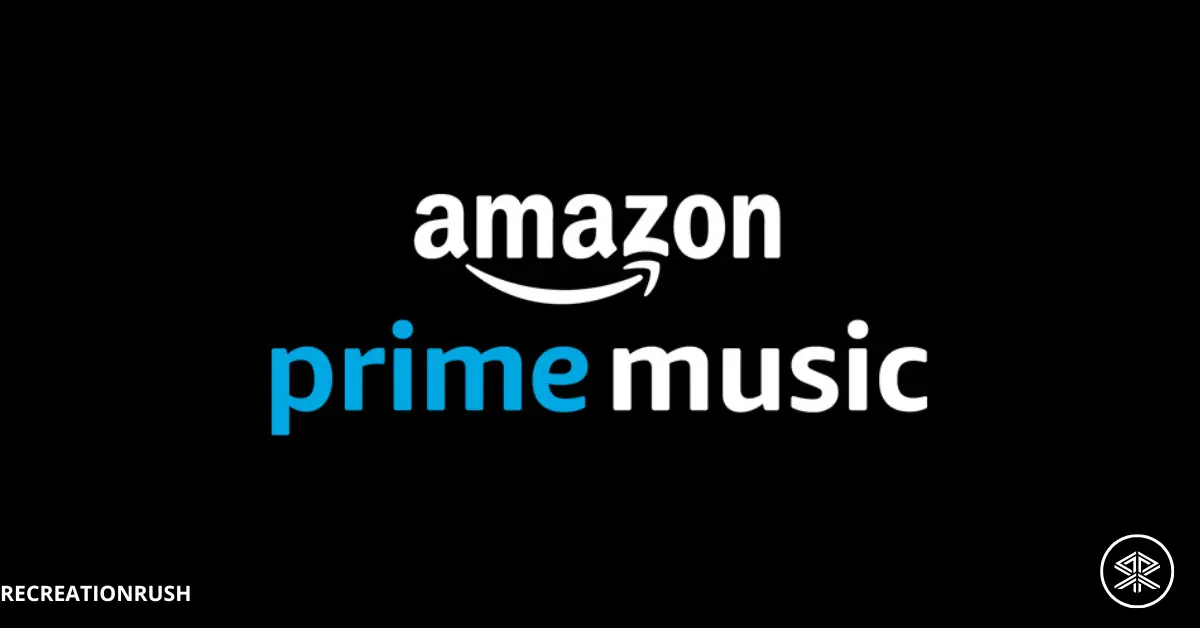
Amazon Music is a solid choice, especially for those already in the Amazon ecosystem. With two tiers—Prime Music, included with an Amazon Prime membership, and Music Unlimited, available for $10 (Prime members) or $11 (non-members)—it caters to a range of users. The Unlimited plan significantly expands the catalog and offers Dolby Atmos audio for an enhanced listening experience.
While the catalog size rivals major players like Spotify and Apple Music, Amazon Music falls short in usability. The app interface has improved but still feels from back in time as compared to its competitors, and its ecosystem is highly restrictive, lacking integration options or library portability. On the bright side, the service works seamlessly with Alexa-enabled devices, making it a convenient choice for Echo users.
For audiophiles or those outside the Amazon ecosystem, there are better options, but if you’re a Prime subscriber, Amazon Music is worth considering you don’t have to pay extra!
Amazon Prime Music Pricing
- Prime Music: Free with Prime ($14.99/month).
- Music Unlimited: $10/month (Prime) or $11/month (non-members).
5) Tidal (Music streaming service with the highest audio quality)
Check Now: Tidal
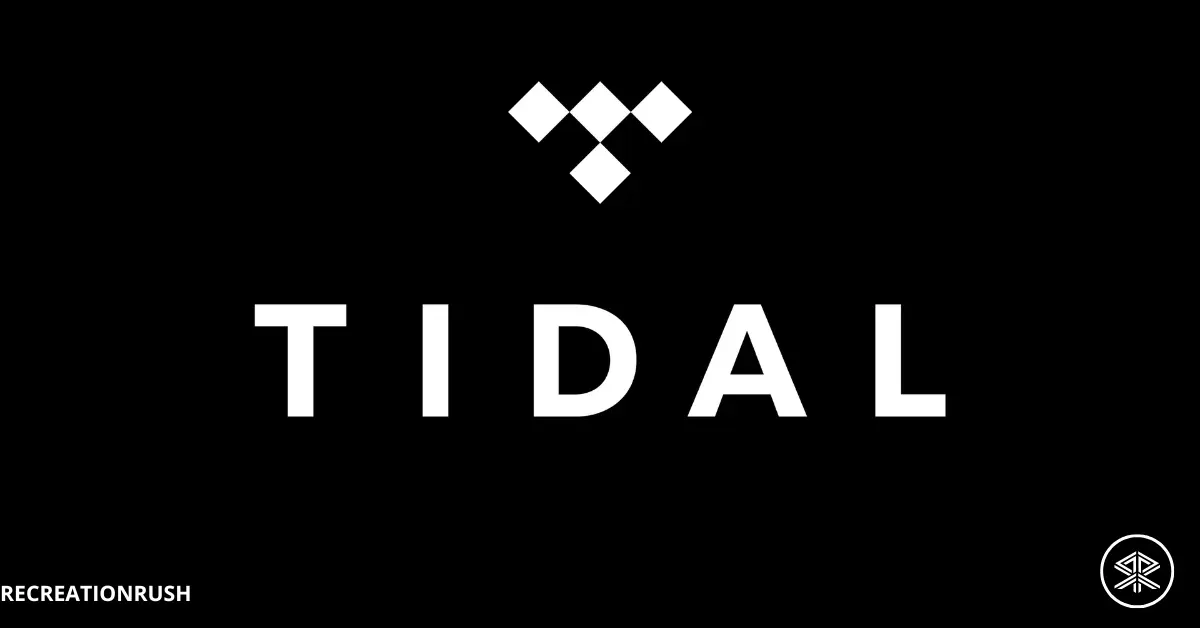
Tidal makes it to this elite list with its hi-res FLAC audio for all users at a competitive price. It’s a perfect fit for anyone who values audio precision, especially fans of urban music, with its extensive catalog in that genre.
Although Tidal has streamlined its pricing with an all-inclusive $11 plan, its app experience leaves a bit to be desired. While the mobile and desktop apps perform well, its TV app is less user-friendly (which i think is not a big deal). Additionally, while Tidal Connect supports a range of devices, it’s not quite as seamless as Spotify Connect, particularly on modern smart devices.
Tidal’s integration with third-party platforms like Roon and Plex offers an enhanced experience for those invested in those ecosystems. However, the catalog still lags behind competitors like Spotify and Apple Music, especially in more mainstream genres. If you’re primarily after great sound and can make do with a smaller library, Tidal’s a solid choice. Otherwise, other services might be more suitable for a broader range of content.
Tidal Music Pricing
- Tidal HiFi Plus: $11/month for hi-res audio.
Bonus Read:
If you’re curious about the most influential names shaping the music world today, Check out our list of the most famous singers in the world.
